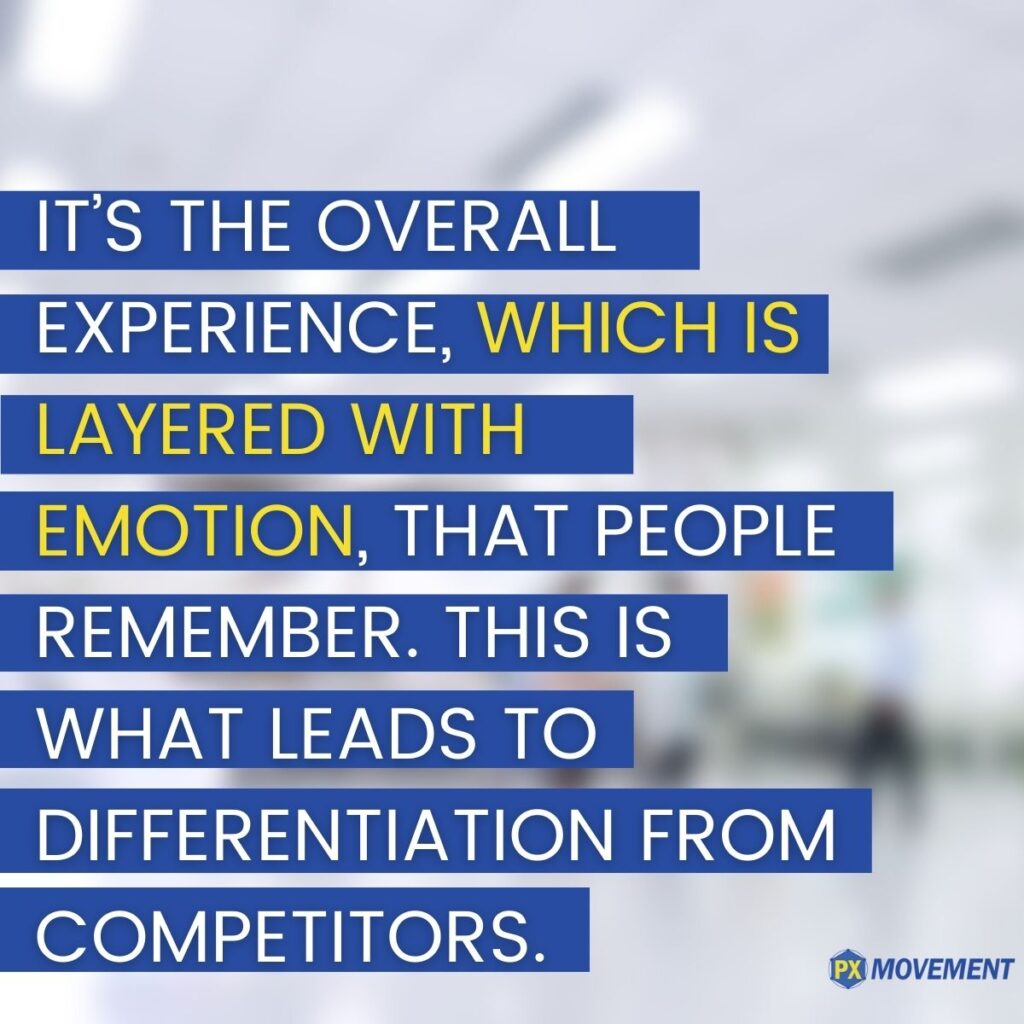Emotions get lodged in our memory banks and tend to dominate what we remember about a specific event. How you make your patients feel is just as important as your clinical care.
For a moment, think back to the last incredible dining experience you had. What do you recall? Chances are that it isn’t the food and drink, but rather how the restaurant staff made you feel. In other words, it was the way you were treated by your server that stuck in your memory, not the meal you ordered.
Emotions get lodged in our memory banks and tend to dominate what we remember about a specific event. Professional sales people know this well, as buyers tend to make decisions with emotion and then defend those decisions with logic. Leading companies understand this as well, recognizing that the quality of their goods and even the level of service isn’t enough. It’s the overall experience, which is layered with emotion, that people remember. This is what leads to differentiation from their competitors.
Southwest Airlines offers a great example here. They do many of the little things exceptionally well and buffer an emotionally charged event (flying on an airplane) with kindness, fairness, and a bit of humor.


3 Ways to Strengthen Your Patient-Doctor Connection
The same concept that sales professionals and successful companies use to create customer loyalty holds true for medical practices. Because patients remember how you make them feel, how you treat people as customers is just as important as how you treat them clinically as patients. Every interaction that doctors and their teams have with patients is an opportunity to build CONNECTION.
Why? Because A solid emotional connection with patients leads to better reviews and more referrals. A poor emotional connection is a wasted opportunity that leads to poor reviews and fewer referrals.
Here are several progressive steps “up the ladder” to a stronger connection with patients:
1. Know (and Use!) Their Name
If you can identify a patient before they’ve even walked through the front door, you can greet them before they have to tell you who they are. This is what John Dijulius means by “secret service.”
Saying a person’s name immediately makes the interaction better. Doctors should refer to patients by name several times during their consultation. Your team should do the same and think beyond verifying their identity.
2. Capture Their Preferences
Whether using paper or digital charts, make sure you have a way of tracking personal hobbies, family details or other unique aspects of a patient’s life. Being able to recall these in future visits shows you care!
3. Send Your Patients Handwritten Notes
I’m a big fan of handwritten notes. Sending a thank you note to the patient after their visit is an incredible “old school” gesture that does take a few minutes but makes a lasting impression. President H.W. Bush used to send 10 handwritten notes each day! If he could do it, so can you.

